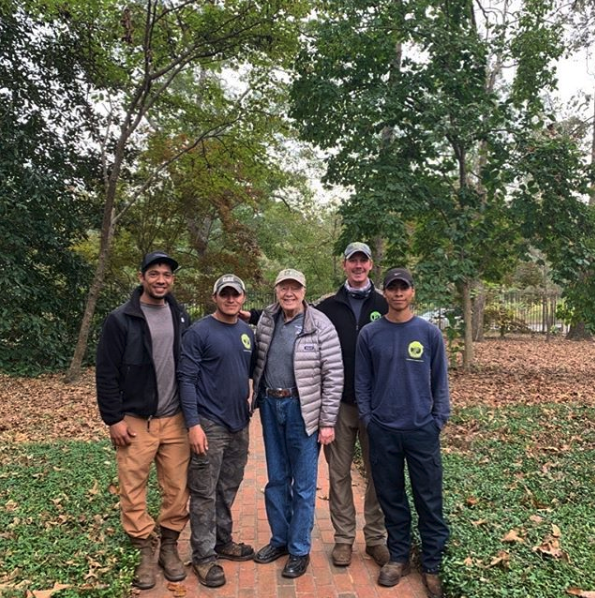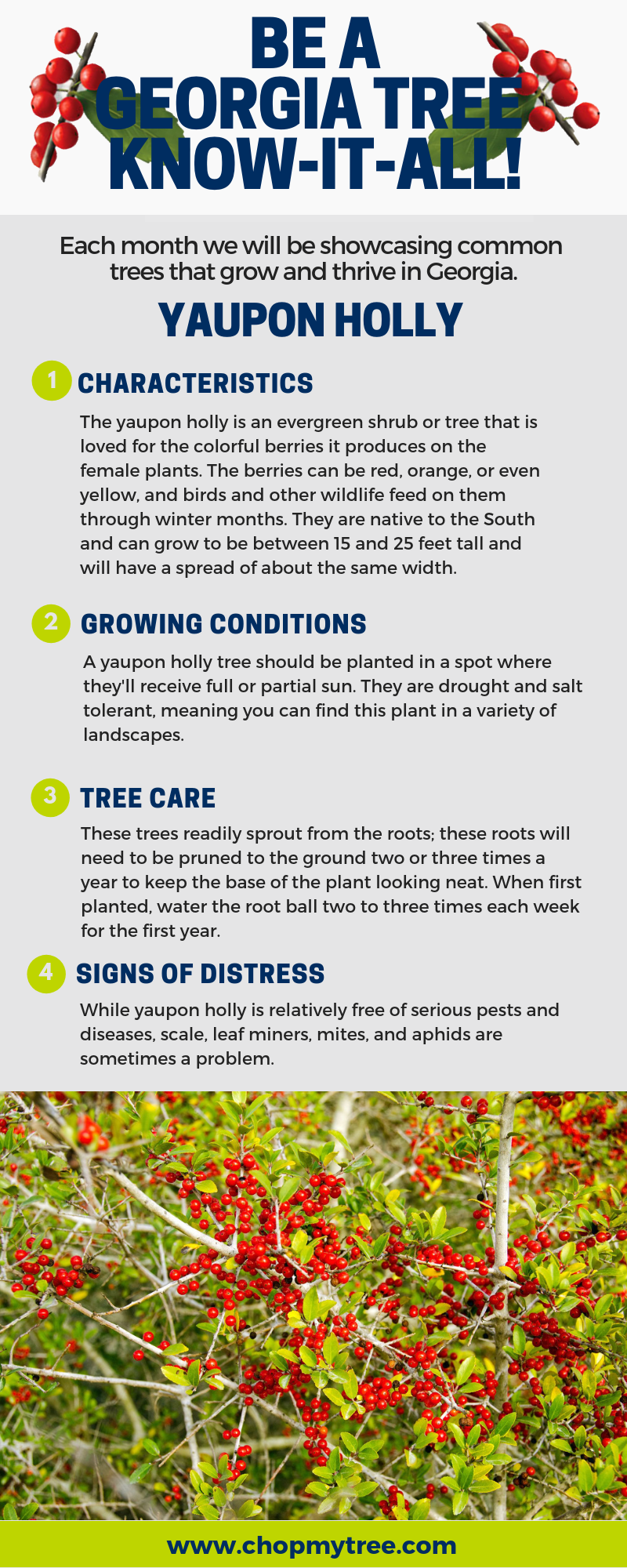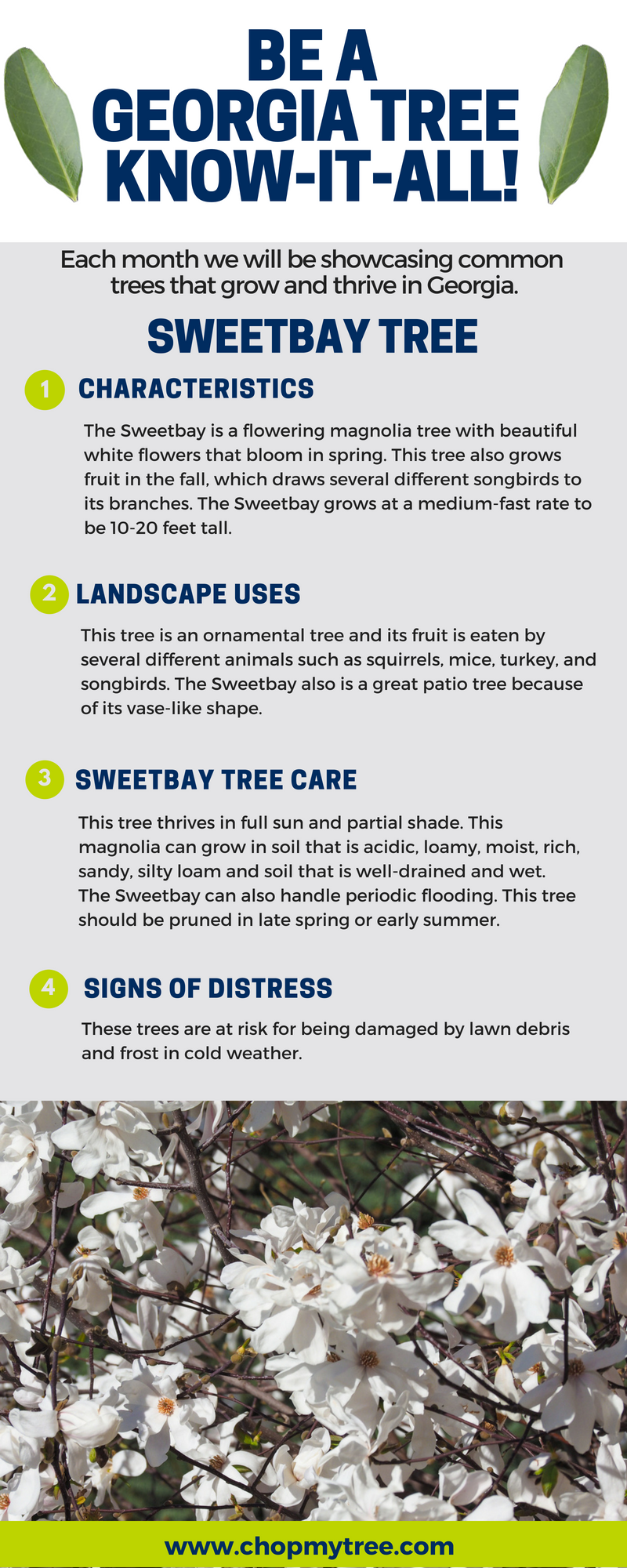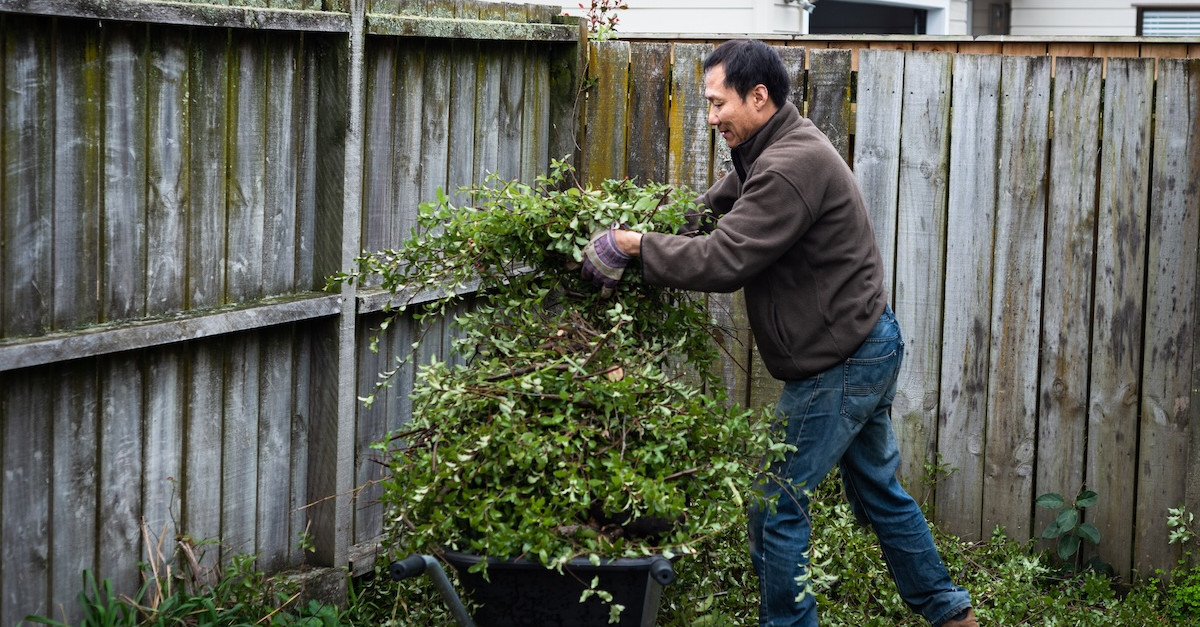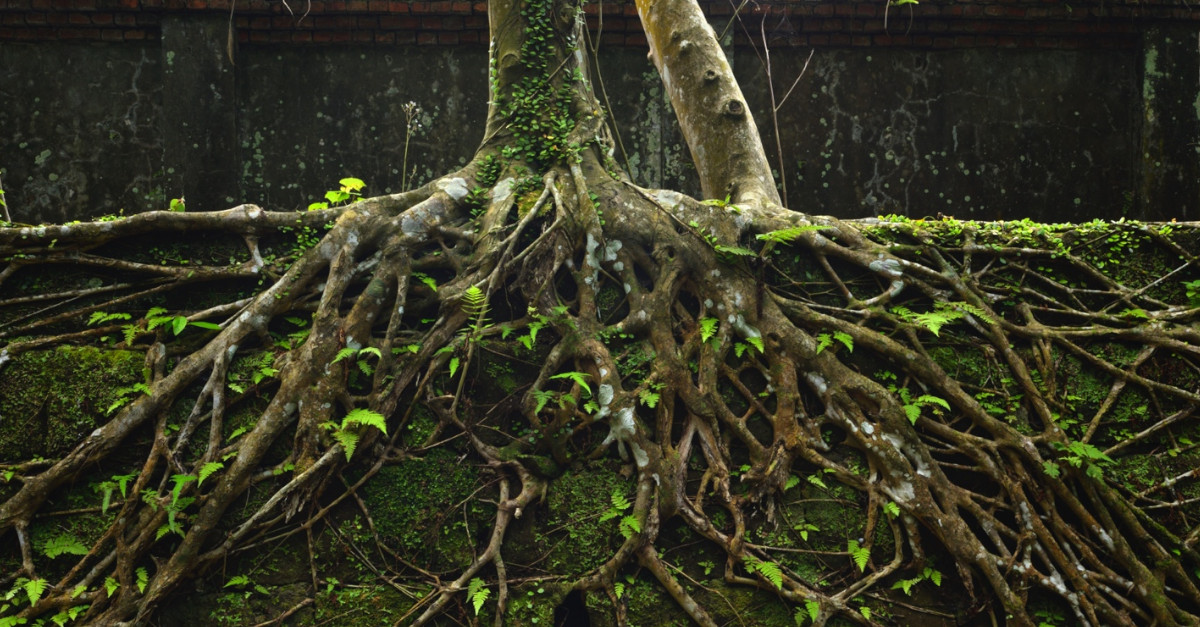Fall Foliage Festival: The 6 Most Colorful Autumn Trees in Georgia
Tree ownership is a lot of work. You have to keep them safe from flooding, check for disease, and so on and so forth. They’re a touch needy sometimes.
But others, trees are a wonderful gift, and a treat for the eyes – such as in fall.
So what are some of the most colorful fall trees here in Atlanta? And how long do they hold on to that brilliant display? Let’s find out.
Leaf Season
Typically, leaf season in Georgia extends for about a month and a half, from late September to early November. Peak season is typically mid- to late October, with trees bursting into a brilliant display of gold, orange, red and deep brown. The length depends on the species, weather that year, and exact climate, but overall trees follow this pattern annually.
Best Fall Trees in Georgia
That said, let’s check out some of the best specimens this time of year:
- Red Oak: As the name suggests, Quercus rubra turns a stunning shade in fall, from dark brick to fiery scarlet.
- Eastern Redbud: This lovely tree, Cercis canadensis, turns a pale yellow to greenish-gold in fall, offering a pretty backdrop for all those flaming colors.
- Black cherry: The deep green leaves of Prunus serotina turn pretty shades of rose and yellow come fall, developing early and clinging to trees long.
- Sassafrass: This lower-growing tree, Sassafrass albidum, which tops out at about 60 feet, turns gorgeous shades of yellow, red and purple in fall.
- Sweetgum: The native Liquidamber styraciflua puts on an incredible show come fall, with colors ranging across the spectrum, including yellows, oranges, purples and reds.
- Sourwood: Oxydendrum arboretum has excellent fall color in shades of deep crimson, with silver flower capsules that cling to the tree and provide contrast all through the season.
Wondering about the health of your trees? Hoping to keep them hale and hearty for years of fall color to come? Here at Premier Tree Solutions, we want to help. In addition to trimming, pruning, branch removal, storm cleanup and stump grinding, our certified arborists will keep your stunning specimens fighting fit all year round.
All you have to do is give us a call at 404.252.6448 for regular maintenance or 404.569.8897 for an emergency, or you can reach out to us on our website. Either way, don’t wait.
And in the meantime, happy fall!



